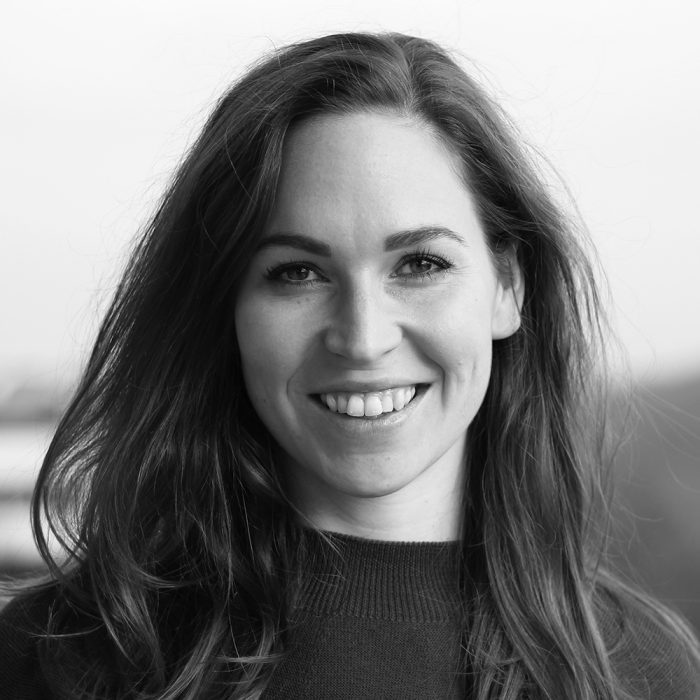Dr. Cecilia Preiß

E-Mail: cecilia.preiss@rub.de
Title of the Dissertation
Synaesthetic Media Arts between Subjective Perception and Documentation
Project Description
The dissertation is dedicated to synaesthesia as an element of fascination in projects of artistic research. The aim is to analyse forms of documentation of the ephemeral moment in synaesthetic perception. Paradoxically, documentation is at the same time crucial for the legitimation and visibility of innovative design projects and, in particular, works of contemporary Media Art.
Synaesthesia, as a natural form of the extension of perception, has been inspiring art since the avant-garde, thanks to its potential for being an aesthetic superlative. To make “normal” people perceive synaesthesia, artistic devices have been developed that link sensory qualities of different kinds simultaneously according to specific translation rules. With regards to the promise of creating an artificial synesthetic feeling for new intensive experiences, great hopes have been placed in the computer. Its binary code is said to be a universal instrument of translation. Hence, synaesthesia is of special interest for artistic research projects in the digital age.
To produce synaesthesia in aesthetic media practices, concurrent stimulation is used. Synaesthesia is, then, no longer the merging of senses in a neurophysiological fashion, but rather a strategy. This strategy becomes apparent in high-tech interfaces that have been developed by way of interdisciplinary processes and that find application in various fields.
Individual (multi-)sensory perception is essential to projects that are situated at the intersection of the real and the virtual worlds. In this area of tension, the human body interacts with the machine by way of its ability to react to sensory stimuli. This is of particular interest, given that digital culture appears to be characterized by an increasing loss of sensory perception. It is becoming evident that synaesthesia, on the contrary, creates access to virtual spaces of bodily experience.
When synaesthesia is used as a method or label, the projects and the innovative physical reactions must be documented, in order to be legitimated. The question arises as to how the ephemeral, which, at the same time, is beyond documentation, can be preserved or repeatedly exhibited.
Scholarly Career
- Since 10/2016: Doctoral Student Member of the DFG Graduate Research Group on “Documentary Practices. Excess and Privation”, Ruhr-University Bochum
- 09/2013 to 09/2016: Master studies in Media studies, Ruhr-University Bochum
- 06/2016 to 10/2016: Coordination of temporary lecturers, Institute of Media Studies, Ruhr-University Bochum
- 05/2015 to 05/2016: Research Assistant to Prof. Dr. Stefan Rieger, Chair in Media History and Communication Theory in the Department of Media Studies, Ruhr University Bochum, in particular: cooperation with the DFG-project „Das verdatete Tier. On the Animal Turn in Media studies”, Ruhr-University Bochum
- 09/2009 to 08/2013: Bachelor studies in Literature-Art-Media and Spanish studies, University of Konstanz
- 09/2011 to 01/2012 and 10/2012 to 08/2013: Student Assistant at the Centre of Excellence “Cultural Foundations of Social Integration”, University of Konstanz
- 01/2012 to 07/2012: Study abroad, Università Ca’Foscari/ Venice International University, Venedig
Miscellaneous
- Participation in the conception and presentation of the interdisciplinary conference: „Computed Animals. Technology and datacizing in the Human-Animal Studies”, 22th – 23th April 2016, Ruhr-University Bochum
- Participation in the conception and moderator of public lectures on „Networked Animals”, 27th October 2016, Ruhr-University Bochum
- Co-founder and co-head of the „Ensemble Wortörtlich” (http://wortoertlich.de), which which undertakes literary exploration of atmospheric everyday places.
